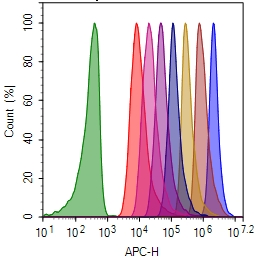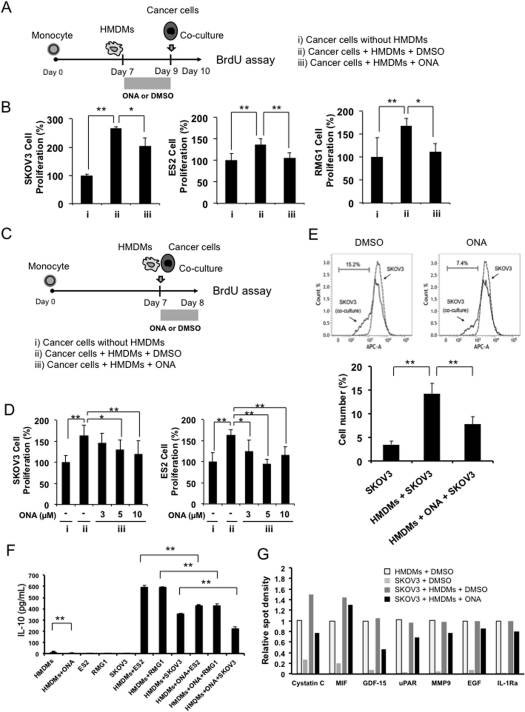CytoTell™ Red 650
Catalogue Number: 22256-AAT
| Manufacturer: | AAT Bioquest |
| Shelf Life: | 12 months |
| Type: | Cell Stains and Indicators |
| Shipping Condition: | RT |
| Unit(s): | 2x500 tests |
Description
Description: Flow cytometry combined with fluorescence staining is a powerful tool to analyze heterogeneous cell populations. Among all the existing fluorescent dyes CFSE is the preferred cell proliferation indicator that is widely used for live cell analysis. However, it is impossible to use CFSE and its fluorescein analogs for GFP-transfected cells or for the applications where a FITC-labeled antibody is used since CFSE and its fluorescein analogs have the excitation and emission spectra almost identical to GFP or FITC. CytoTell™ dyes are well excited at major laser lines such as 405 nm, 488 nm or 633 nm with multicolor emissions. CytoTell™ dyes have minimal cytotoxicity, and are used for the multicolor applications with either GFP cell lines or FITC-labeled antibodies since they have either excitation or emission spectra distinct from fluorescein. CytoTell™ Red 650 is a red fluorescent dye that stains cells evenly. As cells divide, the dye is distributed equally between daughter cells that can be measured as successive halving of the fluorescence intensity of the dye. Up to 8 generations may be visualized. CytoTell™ Red 650 can also be used for long term tracking of labeled cells. Analysis using two-parameter plots may provide better resolution of each generation, especially between undivided cells and the first generation. Cells labeled with CytoTell™ Red 650 may be fixed and permeabilized for analysis of intracellular targets using standard formaldehyde-containing fixatives and saponin-based permeabilization buffers. CytoTell™ Red has a peak excitation of 630 nm and can be excited by the red (633 nm) laser line. It has a peak emission of 660 nm and can be detected with a 660/20 band pass filter (equivalent to APC, Alexa Fluor® 647, or Cy5®), making it compatible with applications that utilize GFP or FITC antibodies for multicolor cell analysis.
Additional Text
Storage Note
Freeze (< -15 °C); Minimize light exposure;|12 months

